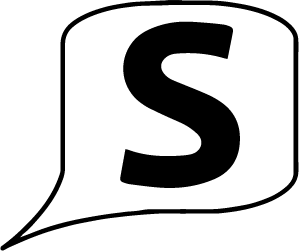As some of you have asked, I thought, I also provide some information on quotation marks and stuff like that. It is not a coincidence or a programming error that the quotation marks in my stories sometimes are at the bottom instead of the top, making them look a bit like commas. Here are some thoughts on the proper use:
Quotation Marks:
English: Uses double quotation marks (“ ”) to enclose direct speech or quotations. For example: “I’m going to the hardware store,” she said.
German: Traditionally uses „German-style“ quotation marks to open and close direct speech, which are „ “. For example: „Ich gehe zum Baumarkt“, sagte sie.
A very observant friend of mine also noticed that the quotation marks are curved in the opposite direction in German and English. Do you see it?
Comma Placement:
English: Places a comma inside the quotation marks if the sentence continues after the speech. For example: “I’m going to the hardware store,” she said.
German: Places the comma outside the quotation marks. For example: „Ich gehe zum Baumarkt“, sagte sie.
Capitalization (same in English and German):
English: The first word of the quoted speech is capitalized. For example: “I’m going to the hardware store.”
German: Follows the same rule, capitalizing the first word of the quoted speech. For example: „Ich gehe zum Baumarkt.“
End of Sentence Punctuation (same in English and German):
English: The punctuation mark at the end of a sentence is placed inside the quotation marks. For example: “Are you coming?”
German: Places the punctuation mark inside the quotation marks as well. For example: „Kommst du?“
See also: Further explanations about my first German short story ''Gut Ding will Weile haben''
'The Difference between schaut, sieht aus and schaut aus'
'The German Expression 'Um die Ecke''
'German Baumärkte'
'The German Hairdressers‘ Wordplay Competition'
